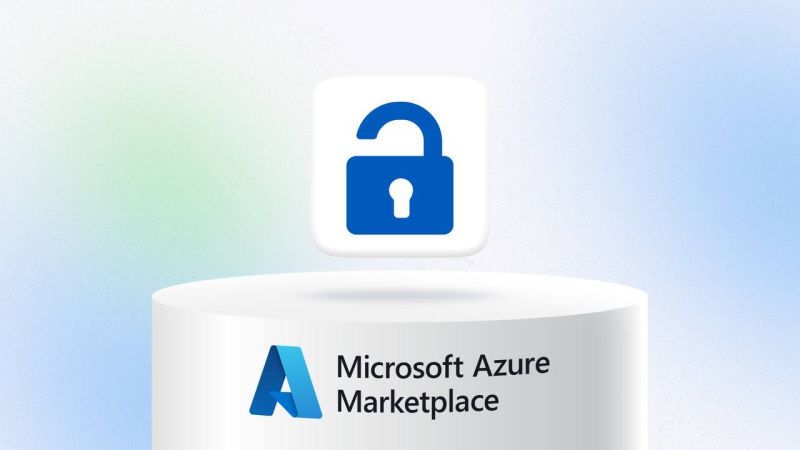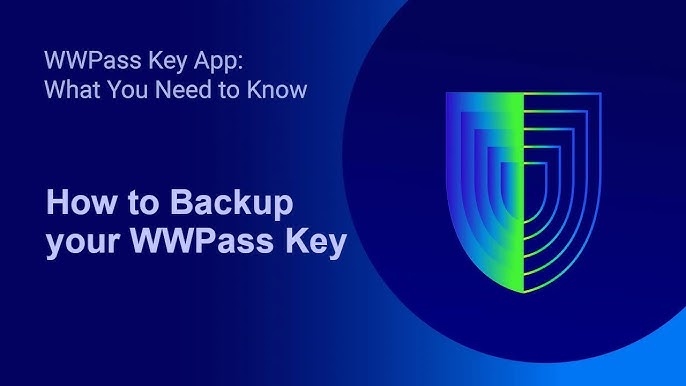
Single sign on is a cornerstone of modern identity and access management. For organizations aiming to simplify authentication while strengthening security and user experience, a well-designed single sign on solution is essential. Learn more about enterprise-ready approaches here: single sign on https://www.wwpass.com/wwpass-sso and consider how SSO can reduce friction, centralize control, and lower the operational costs of password management.
At its core, single sign on allows a user to authenticate once and gain access to multiple independent systems without re-entering credentials. Instead of managing separate username/password pairs for every application, SSO relies on a central identity provider (IdP) and a set of trust relationships so service providers (SPs) accept the IdP’s assertions. This model simplifies login flows for end users and shifts authentication responsibilities to a central, controlled domain that can enforce stronger policies and multi-factor authentication.
SSO benefits both users and administrators. For users, it minimizes login fatigue, reduces password reuse, and streamlines access to cloud and on-premises services. For IT teams, SSO centralizes authentication policies, enables faster onboarding and offboarding, reduces helpdesk password-reset tickets, and improves visibility into access events. The centralized approach also makes it easier to enforce consistent security controls like multi-factor authentication, conditional access, and adaptive risk-based policies.
There are several common protocols and standards underpinning modern SSO deployments. SAML (Security Assertion Markup Language) remains widespread in enterprise environments for browser-based SSO with federated partners. OAuth 2.0 is an authorization framework often used to grant applications delegated access to resources; while OAuth itself is not an authentication protocol, it is frequently combined with OpenID Connect (OIDC), an identity layer built on OAuth 2.0, to provide modern authentication and SSO for web and mobile applications. Choosing between SAML and OIDC typically depends on application compatibility, existing infrastructure, and portability requirements.
Architecturally, a typical SSO implementation involves three roles: the user (or principal), the identity provider, and the service provider (the application). When a user requests access to an application, the application redirects the user to the identity provider for authentication. After successful authentication, the IdP issues an assertion or token that the application validates to establish a session. The application then grants access without requiring separate credentials. Session management, token lifetimes, and secure token storage are critical design elements that affect both security and usability.
Security considerations are paramount. While SSO reduces the number of credential pairs, it concentrates risk: compromising a user’s primary authentication method can yield access to many services. To mitigate this, deploy multi-factor authentication (MFA), use short-lived tokens with refresh mechanisms, sign and encrypt assertions or tokens, and enforce strict session timeout policies. Employing conditional access—where authentication strength adapts to context such as location, device posture, or behavior—helps balance security and usability.
Organizations must also pay close attention to identity lifecycle management. Provisioning and deprovisioning accounts through automated connectors or SCIM (System for Cross-domain Identity Management) ensures that access maps to current employment and role status. Without reliable deprovisioning, orphaned accounts can remain a security liability. Role-based access control (RBAC) and attribute-driven access control can be integrated with SSO to ensure that tokens carry only the claims needed for authorization decisions.

Operational aspects include integration effort, availability, and compliance. Choosing a resilient identity provider with high availability and geographic redundancy reduces single points of failure. For regulatory compliance, centralized authentication logs facilitate auditing and reporting. Ensure SSO logs are retained in accordance with governance requirements and integrate them with SIEM systems for detection and response.
When planning deployment, map applications and categorize them by protocol support (SAML, OIDC, proprietary APIs). For legacy applications that do not support modern standards, use identity bridges, reverse proxies, or gateway solutions that translate modern tokens into the legacy authentication method. Test integrations thoroughly in staging environments and prepare rollback plans in case of unexpected disruptions.
User experience design is critical for adoption. Clear messaging, consistent branding during redirects, and minimizing visible redirects help maintain user trust. Provide self-service options for password resets and device linking, and educate users about MFA and phishing resistance. In enterprise settings, integrate SSO with directory services like Active Directory or cloud-based directories to leverage existing user stores and group memberships.
Vendor selection should weigh protocol support, ease of integration, security features, and long-term flexibility. Consider whether the provider supports standards such as SAML and OIDC, offers robust MFA options, can integrate with HR systems for automated lifecycle management, and provides APIs and SDKs for custom applications. Evaluate the vendor’s compliance posture, incident response capabilities, and roadmap for emerging standards and threats.
Common pitfalls include over-reliance on a single IdP without redundancy, insufficient monitoring of authentication flows, unclear ownership of identity lifecycle processes, and inadequate testing of token expiration and renewal across apps. Address these by implementing redundancy, thorough observability, documented processes for provisioning and deprovisioning, and comprehensive integration testing.
Emerging trends around SSO include passwordless authentication, decentralized identity approaches, and stronger privacy-preserving protocols. Passwordless methods—using device-bound keys, FIDO2/WebAuthn, or cryptographic smart cards—can reduce phishing risk and improve security posture when combined with SSO. Decentralized identity and verifiable credentials aim to give users more control over identity attributes, which could reshape federation and consent models in the future.
In summary, single sign on is a powerful tool for simplifying user access and strengthening centralized control over authentication. Effective SSO design balances usability and security by leveraging modern protocols, enforcing strong authentication and lifecycle management, and planning for operational resilience. Organizations that deploy SSO thoughtfully can reduce costs, improve compliance, and deliver a smoother experience for users across cloud and on-premises applications.
To move forward, start with an inventory of applications, prioritize by user impact and security sensitivity, choose standards-first solutions, and pilot with a subset of users before broad rollout. Monitor outcomes—reduced password resets, adoption rates, and authentication failures—to iterate and improve the SSO experience. With careful planning and continuous attention to security and usability, SSO becomes a strategic component of a robust identity and access management program.